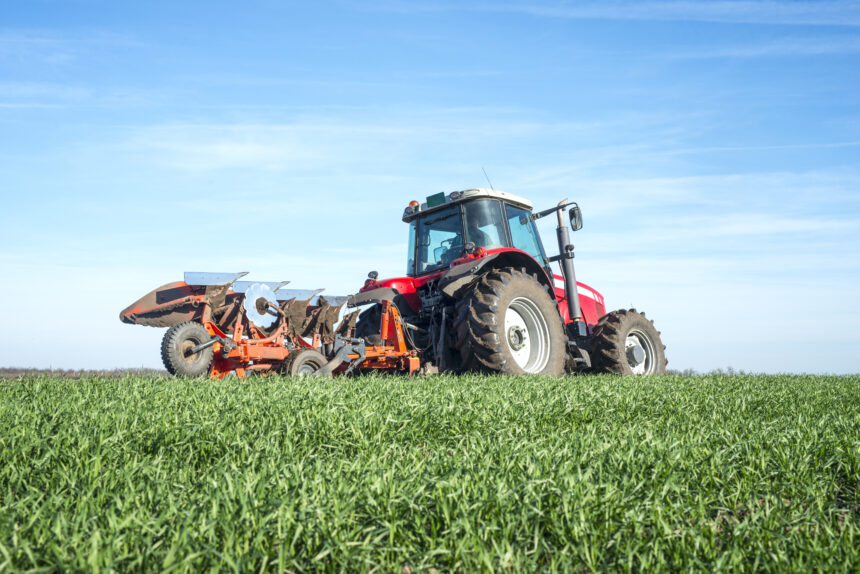Farming and agriculture play a crucial role in feeding the world’s growing population and ensuring food security. However, the agricultural sector faces various challenges, including the need for modern equipment, infrastructure development, and investment in sustainable farming practices. To overcome these challenges, farmers often require financial support in the form of loans tailored for agricultural purposes. This article explores the process of accessing loans for agricultural needs and the benefits they bring to farmers and the overall agricultural sector.
- Understanding Agricultural Loans: Agricultural loans are specialized financial products designed to provide funding for various farming and agricultural activities. These loans are typically offered by banks, credit unions, agricultural cooperatives, and government agencies. The purpose of agricultural loans is to enable farmers to purchase equipment, livestock, seeds, fertilizers, land, or other inputs necessary for farming operations. They also help finance infrastructure development, such as irrigation systems or storage facilities, and support the adoption of sustainable and environmentally friendly agricultural practices.
- Types of Agricultural Loans: a. Operating Loans: These loans cover day-to-day expenses, including purchasing seeds, fertilizers, fuel, and labor costs. b. Equipment Loans: These loans assist farmers in acquiring or upgrading machinery and equipment, such as tractors, harvesters, or irrigation systems. c. Livestock Loans: Farmers involved in animal husbandry can secure loans to purchase or expand their livestock holdings. d. Land Purchase Loans: These loans enable farmers to acquire additional land for farming or expand their existing farmland. e. Farm Infrastructure Loans: Loans for infrastructure development cover projects like building storage facilities, barns, or installing renewable energy systems.
- Eligibility and Application Process: To access agricultural loans, farmers typically need to meet certain eligibility criteria established by the lending institution. These criteria may include proof of farming experience, creditworthiness, collateral availability, and a viable business plan. Farmers may also need to provide documentation such as income statements, tax returns, land ownership records, and production records. The application process involves submitting the required paperwork, meeting with loan officers, and discussing the specific financing needs and repayment terms.
- Benefits of Agricultural Loans: a. Capital for Farming Operations: Loans provide farmers with the necessary capital to invest in their farming activities, ensuring the purchase of essential inputs and enabling timely operations. b. Modernization and Technological Advancements: Agricultural loans facilitate the adoption of advanced equipment and technology, improving productivity and efficiency on the farm. c. Expansion Opportunities: Access to loans allows farmers to expand their operations by purchasing additional land or livestock, thus increasing their production capacity and market presence. d. Infrastructure Development: Loans dedicated to infrastructure development contribute to the creation of robust storage facilities, irrigation systems, and renewable energy installations, fostering sustainable farming practices. e. Risk Mitigation: Agricultural loans can help farmers manage risks associated with unpredictable weather patterns, market fluctuations, and unexpected expenses by providing financial stability and flexibility.
- Government Initiatives and Support: Many governments around the world recognize the importance of agriculture and provide support programs to facilitate access to loans for farmers. These programs often include subsidized interest rates, loan guarantees, insurance schemes, and technical assistance. Farmers can benefit from these initiatives by availing themselves of financial support and guidance to enhance their agricultural practices.
In conclusion, accessing loans for agricultural purposes is crucial for farmers and the overall development of the agricultural sector. These specialized loans provide the necessary capital for farming operations, promote modernization and sustainability, and offer opportunities for expansion. By understanding the types of agricultural loans available, meeting eligibility criteria, and utilizing government support programs, farmers can secure the financial resources needed to thrive in a rapidly evolving agricultural landscape.










